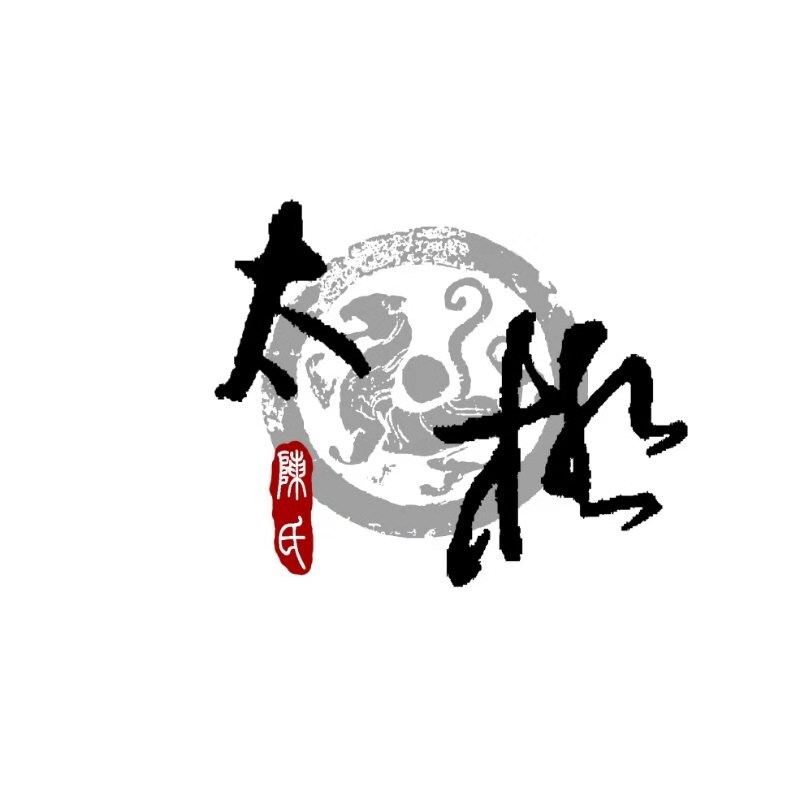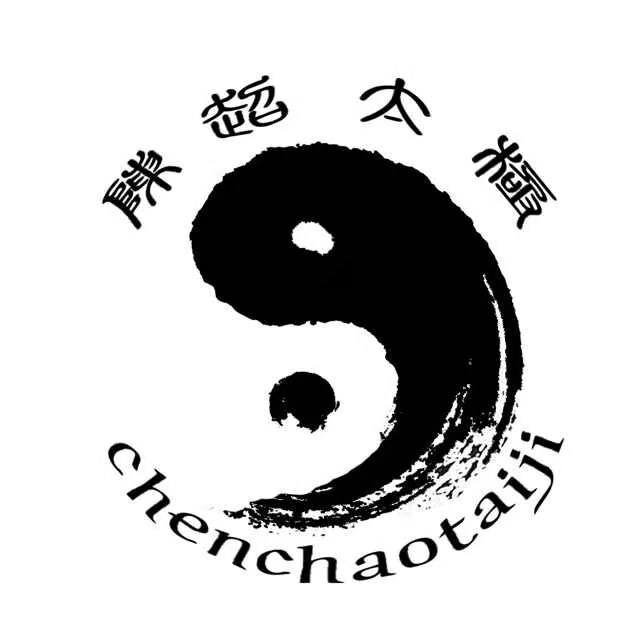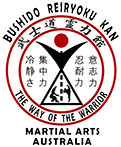What is Tai Chi? (Taijiquan)
Tai Chi, or Taijiquan in Chinese, is an outstanding gem of traditional Chinese culture that is valuable in promoting health, developing combat and self-defence skills, and improving concentration and overall well-being.
Although it is a branch of the Chinese martial arts (Wushu), it has also been practiced for general health and fitness purposes since the 16th Century. Health benefits are derived from the Tai Chi's slow, gentle and tranquil movements which enable harmony in mind and body, improved mobility, suppleness and mental alertness.
Tai Chi - Taijiquan is the officially accepted spelling by the International Wushu Federation. It is known as and sometimes spelled Tai Chi or Tai Chi Chuan in the West. Taijiquan means supreme ultimate fist. Tai means Supreme, Ji (Chi) means Ultimate, and Quan (Chuan) means Fist.

Anyone regardless of age or level of fitness can practice and benefit from Tai Chi. Loose, comfortable clothing and flat shoes should be worn to classes.
There are many different forms of Tai Chi with the main styles being Chen, Yang, Sun, Wu, Woo and Dong Yue. While each style has its own characteristics, the principles remain the same. The Yang style is the one you have probably seen being practiced in the park. It is the style responsible for the spread in popularity of Tai Chi for health and relaxation.
'Whoever practices Tai Chi regularly will in time gain the suppleness of a child,
the strength of a lion, and the peace of mind of a sage.'
Old Chinese Saying
The origin of Tai Chi
There are many different versions of the history of Tai Chi. One thing is certain – it developed under the influence of the philosophy of Taoism, which over the years evolved into exercise routines. According to Chinese legend, Tai Chi began in the 13th century when a Taoist named Chang Sanfeng who lived in Wudang Mountain saw a crane swoop down to capture a snake. Despite many attacks, the snake was able to avoid the bird’s beak (the strong point) by constantly shifting from side to side and attacking the crane’s weak side. As the snake tried to dart its fangs into the crane's leg, the crane would raise the leg and lower a wing to ward off the attack. Chang saw how softness could overcome hardness, and how the idea of yielding to enemy’s strong force and striking his weak part could have practical application in the martial arts. Therefore, he created Tai Chi and handed down through generations. It is believed that Taoist monks began practicing Tai Chi in monasteries for two reasons: one was to defend themselves from bandits, and second was to promote health because they were out of shape from sitting around meditating all the time.
The original goal of Tai Chi’s training is to cultivate a kind of 'whole body' power. This refers to the ability to generate power with the entire body, making full use of one's whole-body mass in every movement. Power is always generated from "the bottom up, meaning the powerful muscles of the legs and hip serve as the seat of power. Using the strength of the relatively weaker arms and upper body is not emphasized. The entire body is held in a state of dynamic relaxation, which allows the power of the whole body to flow out of the hands and into the opponent without obstruction. This is described in the Tai Chi Classics as "being rooted in the feet, developed by the legs, directed by the waist transferred through the back and expressed in the hands."
During the past 300 years, the practice of Tai Chi has been developing into a graceful exercise with its movements tending to be more relaxed, smooth, even and graceful like floating clouds and flowing streams. Many explosive strength moves disappeared, as did excessive foot stamping. As a result, Tai Chi became popular with men and women, young and old alike. Increasing attention was also paid to the health building and therapeutic value of Tai Chi.
About Tai Chi
Tai Chi is an ancient Chinese art of relaxation, healing and self-defense. Its gentle and fluid motions are suitable for everyone, regardless of age or athletic ability. Tai Chi is widely practiced for stress reduction, energy enhancement, preventing illness, improving concentration, strengthening the mind and body, and slowing the effects of aging. It is a natural solution for stress. Tai Chi has been recognized by medical experts as a practical, effective alternative to expensive drugs and therapies to control chronic disease. Tai chi is the fastest-growing popular exercise in the world today.
An article titled “Why Tai Chi is the Perfect Exercise” in Time magazine, August 2002 said: Practitioners praise Tai Chi’s spiritual and psychological benefits, but what has attracted the attention of Western scientists lately is what Tai Chi does for the body. Scientists at the Oregon Research Institute in Eugene reported that Tai Chi offers the greatest benefit to older men and women who are healthy but relatively inactive. Tai Chi combines intense mental focus with deliberate, graceful movements that improve strength, agility, and best of all, balance.
The health benefits of Tai Chi tie in strongly with the practice of internal motion, which fully utilizes the powerful core of the body. It is a uniquely effective means of invigorating the internal organs, circulatory systems and nervous systems. The ultimate purpose of practicing Tai Chi is to live longer in the spring season of our lives. Tai Chi is not just for longevity, but also for robustness, even at an old age.
When examining the movements of very young children, we see that their movements of arms and legs often originate from their torso. Their movements are relaxed and without tension. As we grow older our movements tend to concentrate on our arms, legs and shoulders and less on our torso. Also, tension and stiffness start to creep into our movements. Gradually, we loose touch with the torso, and stagnation in the torso sets in. Tai Chi is considered as a means to return to our childhoods. Physically, the internal movements penetrate to the deep recesses of the torso, stimulating and invigorating the inner organs and the circulation systems
About Chen Style, our style of Tai Chi
Chen Style
Chen style is the original Tai Chi style created by Chen Wang Ting.
When the Ming Dynasty was replaced by the Qing Dynasty, Chen Wang Ting retired to the Chen Family Settlement to pass his time in studying literature and martial arts, subsequently developing Tai Chi Chuan.
It is not clear where Chen Wang Ting originally learnt his martial arts, but there are two popular theories to explain how Chen Style Tai Chi Chuan developed. The first is that Wang Zong Yue’s Wudang Kungfu, or Wudang Tai Chi Chuan as it is commonly known now, is the foundation upon which it is based, because Wang Zong Yue stayed in the Chen Family Settlement for many years and his Treatise on Tai Chi Chuan describes the philosophy and techniques of Tai Chi Chuan superbly.

The second theory is that Chen Wang Ting learnt his art in the army as a legacy from Qi Ji Guang, the great 16th century Ming general who repulsed the Japanese naval invasion, because Qi’s masterpiece, The Classic of Kungfu, provides the fundamental principles of Chen Style Tai Chi Chuan.
Some people suggest that Chen Wang Ting might have been influenced by Shaolin Kungfu directly, as the Chen Family Settlement is not far from the Shaolin Monastery in the same province, and virtually all Tai Chi patterns and principles, except those touching on Taoist philosophy, are also found in Shaolin Kungfu.
Chen Style our style of Tai Chi
Chen Style Tai Chi is a high-level martial art that satisfies many of the multi-faceted demands of human life. While its primary role is self-defense, Chen Style Tai Chi offers precious wisdom in regards to health and artistic expression by providing an education deeply grounded in kinetics, medical science, physiology, body mechanics, psychology, philosophy, and aesthetics
There are five major styles of Tai Chi. Chen style our style, is the oldest practiced today, and is widely acknowledged to be the ancestor of all other practiced styles. It originated in Chenjiagou in Henan province near the town of Dengfeng and was first taught by Chen Wangting in the late 17th century. It is characterized by supple whole-body twining, coiling movements, and occasionally explosive releases of power. There are some vigorous movements that involve jumping, spinning while in the air, and dropping the body low to the ground. Technically, in addition to the explosive strikes and throws, the Chen style contains a great number of Chin Na (joint locking and leverage) techniques. These techniques are a remnant of the original weapons disarms popular on the ancient battlefields, and reflect the warrior background of Chen Wangting.
Tai Chi comes from infinity; from it springs yin and yang.
In movement the two act independently; in stillness they fuse into one.
There should be no excess and no insufficiency.
TAI CHI
CHEN STYLE LESSONS
Beginners To Advance
ALL AGES WELCOME


FREE FIRST MONTH
ZERO JOINING FEES
EVERY FRIDAY 6:30 - 8:00pm
MENAI INDOOR SPORTS CENTRE
98-150 ALLISON CRESCENT MENAI
CALL
INSTRUCTOR - CHRISTIAN TAPIA
